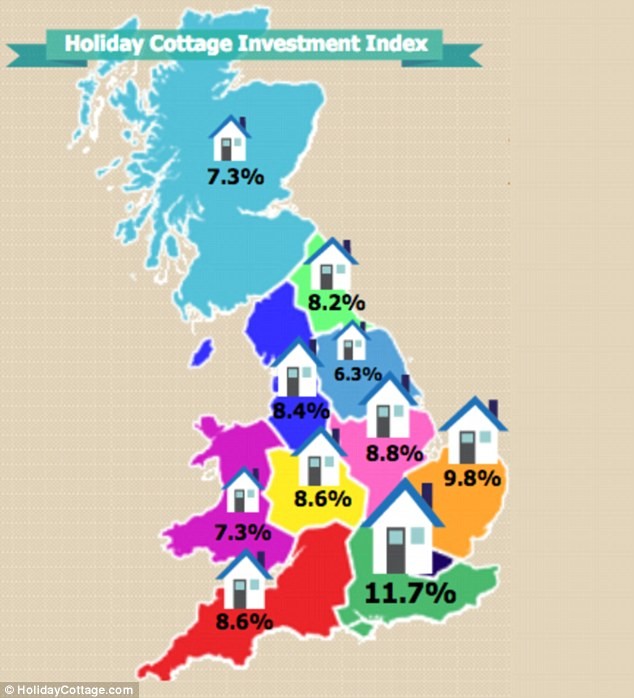How to find the best high yield shares
Post on: 15 Май, 2015 No Comment

Smart investors like dividends for a whole range of reasons. High yield shares have been found by many studies to beat the market in the long-run, and thats reason enough but a steady trickle of income can make the task of investing much more enjoyable.
People used to think that dividends were dull, but not any more. Quite frankly, Im not surprised that so many other investors are looking in this direction; its only natural that people turn to high yield shares when high growth shares are few and far between.
The problem is that when investors look at dividends, they often look only at the size of the dividend. Its like a fishing lure that pulls them in. And thats dangerous.
Very high yield shares have a tendency to quickly become NOT very high yield shares. Sadly, this isnt because the share price leaps upward, helping the astute investor to get rich quick. No its usually because the dividend gets cut and then, in an instant, the whole reason for buying the shares in the first place goes up in smoke (followed by the share price going down the drain).
A recent research note from GMO, the global investment management firm headed by Jeremy Grantham, picked up on this unpleasant truth (this is the same note that I referenced when I wrote about Defensive Stocks recently).
The authors, Chuck Joyce and Kimball Mayer, found that investing in a basket of shares where dividends were not covered by earnings was a bad idea. The portfolio had an annual return of minus 2.6% over the last 30 years or so. Hardly a stellar performance.
On the one hand then, there is a lot of research which says that high yield shares are likely to beat the market in the long-run, but on the other hand, high yield shares can perform terribly.
Here are two things to look for which may reduce the risk of your dividend shares falling flat
Look for high yield shares where there is adequate dividend cover
This is a quick and simple test that rules out the most risky dividend shares immediately. In most cases, investors like the dividend cover to be at least one, and often even higher perhaps one and a half to two times at least.
The fact that earnings are greater than dividends provides at least some protection for the dividend. But looking at just the current year can be misleading. One years results can be wildly different from the next, so to avoid investing like a Monkey with a Pin you might want to expand your search further back in time.
And what would we be looking for in those dusty old annual reports from years gone by? In a word consistency.
Look for high yield shares that have a very consistent financial history
Most investors look for a high yield because they want the income, either to reinvest or to pay the bills. Therefore it makes sense to look for companies that will actually pay that income year after year. A good indicator of future dividend consistency is past dividend consistency.
But why stop with consistent dividends? You can take it further and look for consistent profits.
Want growth too? Why not check to see if the company has generated consistent record levels of sales, profits and dividends?

Why not try this. Add up all the years that the company has paid a dividend in the last decade. Then add up all the years that it was profitable. Then add up all the years where it made a record high in sales, earnings and dividends per share.
Tesco has 10 years of dividend payments. 10 years of profit. 10 years of record sales. 10 years of record adjusted earnings. 10 years of record dividends. (this is what my data says all errors are my own).
Quite obviously, that lot has an average of 10 out of 10.
I fail to see what more a company can do to show that its a high quality company, capable of consistently good results over a long period of time.
Lets have a look at French Connection.
10 years of dividend payments. 7 years of profit. 2 years of record sales. 2 years of record adjusted earnings. 3 years of record dividends.
Thats an average of 4.8 out of 10.
By looking at the past results of a company you can begin to get a reasonable feel for whether it is a high quality company, more likely to keep paying a growing dividend in the future, or perhaps a company of slightly lesser quality.
Combine this sort of approach with a high dividend yield and your search for high quality, high yield shares may just get a whole lot easier.














